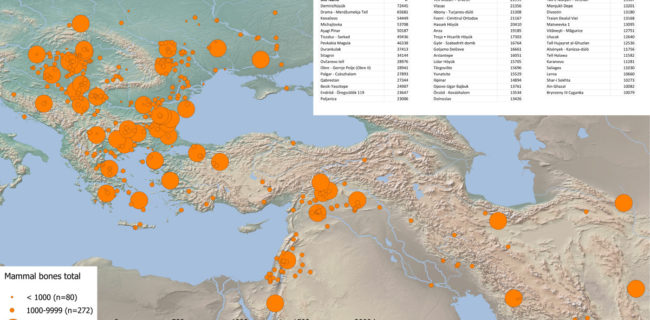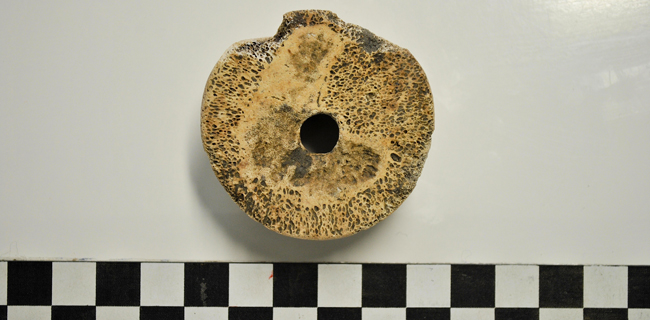Out of the successful work on space-related innovations conducted by research group (A-II) Spatial effects of technological innovations and changing ways of life arose the idea to investigate an additional wide-reaching economic innovation during the late Neolithic or Copper Age from a broader disciplinary perspective: the use of sheep and the accompanying changes to textile production.
AT A GLANCE
| 15 | Researchers |
| 4 | Research Projects |
| 3 | Dissertation Projects |
| 10 | Publications |
| 4 | Events |
| 3+ | Cooperating partners |
The use of wool-bearing sheep provided the basis for new and rapidly growing textile production, which without exaggeration can be seen as a technological revolution. Therefore, the multidisciplinary research group investigated pictorial, written and other types of evidence from material culture attributing the innovation to the spread of sheep husbandry and wool processing between the 5th and 3rd millennium BC in the Near East and, somewhat later, in Europe as well. The objectives were:
- To form a more precise notion of the innovation of wool production and processing by determining when and where it first emerged, and how it later spread.
- To comparatively analyze economic and social consequences (handcraft specializations, a broader range of textile techniques, materials and garments – and hence new possibilities for clothing-based differentiation and depicting identity and status through textiles) in regions where early high cultures (the Near East, Egypt) and the prehistoric cultures of Europe developed.
- To form a more precise view of the introduction of fleece-bearing sheep through indirect, archaeozoological methods (metrics, herd demographics) and, if possible, through direct, palaeogenetic methods.
- To quantitatively determine (model) anthropogenic environmental changes to selected regions and micro-regions as accurately as possible, which, at the very least, most likely involved the question of the grazing pressure of sheep.
Research Projects
- (A-4-1) Archaeological sources for the early wool usage in the Near East and Europe
- (A-4-2) Archaeozoological analyzes of domestic sheep in the area between the Near East and Central Europe (5th-2nd millennium BC)
- (A-4-3) Mid-Holocene landscape changes due to grazing
- (A-4-4) Sheep Husbandry of Mesopotamia in the late 4th to early 3rd Millennium



